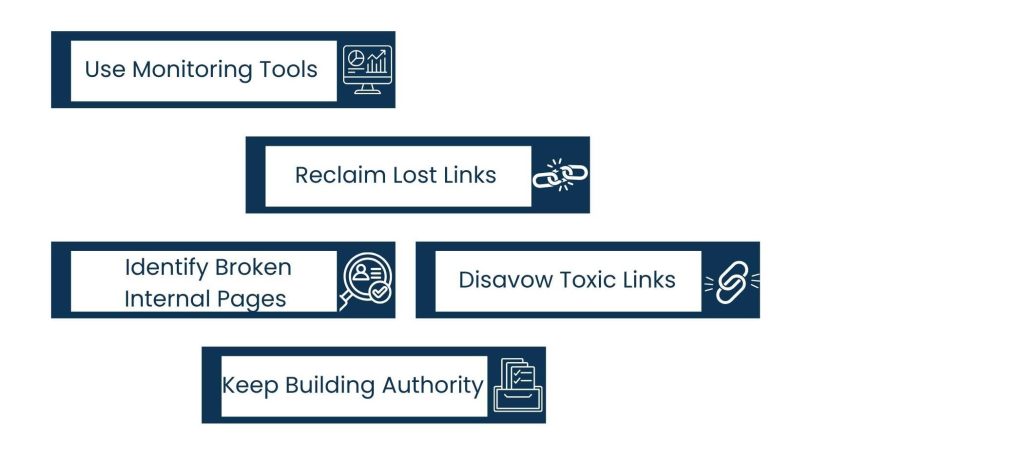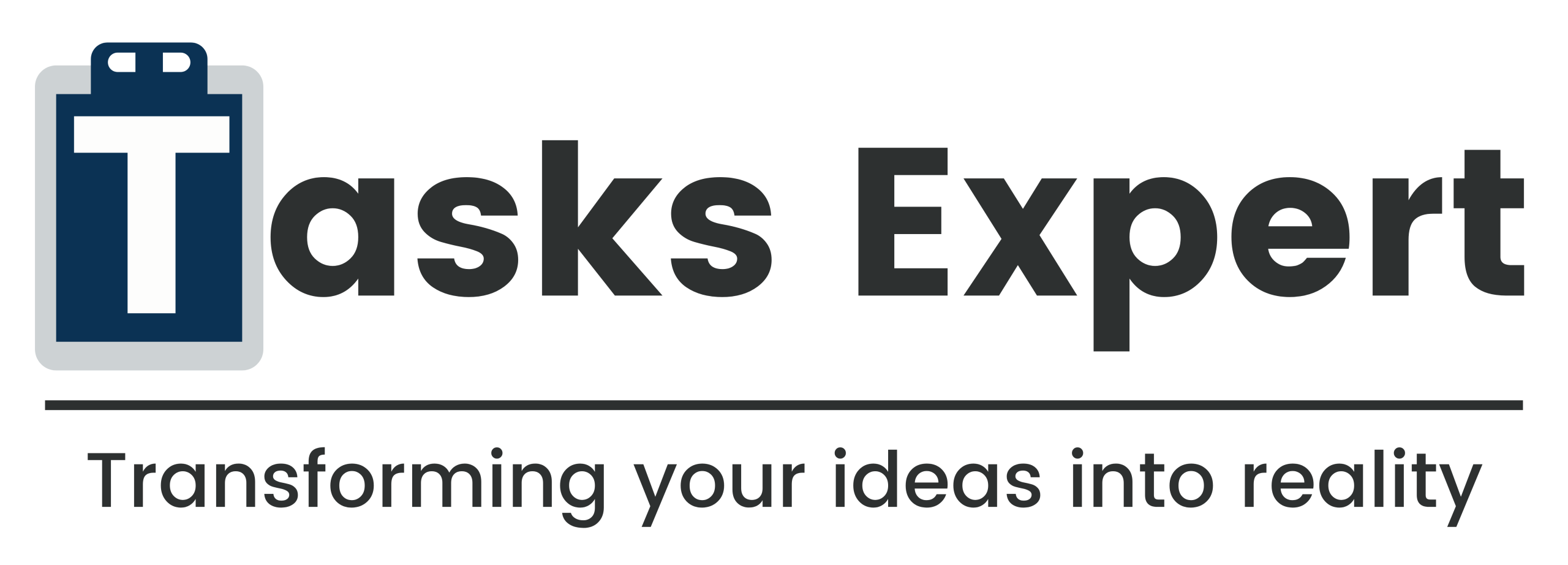Introduction
Among the metrics that provide an indicator for your site’s SEO health, organic search visibility is among the most valuable. It provides you with metrics on how frequently your pages are appearing in search results, and an idea of the visibility that individuals (your potential customers) have towards your brand without spending money on ads. So when all that visibility goes away, it’s not just a number going down. It impacts your traffic, conversions, and business as a whole.
If you have witnessed a drop in your rankings and clicks, then you are not alone. There are a number of reasons why organic search visibility changes occur – some technical, some based on content, and others that stem directly from algorithmic changes. The point is that to respond quickly, pinpoint the source of a problem and fix it before it influences your long-term search campaign.
In this blog, we’ll look at some of the most common reasons for falling visibility, to determine whether things are slipping or it’s just a small fluctuation, and then get into solutions involving smart SEO organic search practices and proven techniques for optimization in organic search. We’ll also cover the distinction between organic vs paid search, and why recovery begins with knowing your organic presence inside out.
Solving Technical SEO Issues With Organic Search Visibility
In many cases, an organic search visibility decrease has nothing to do with your content or backlinks at all. It’s in how the website is technically set up. If you have a 404-page, broken redirect, ineffective “noindex” tag, or misplaced robots.txt. file, it can block certain parts of your website from being crawled.
These sorts of things can be easily missed, especially when they’re made to get pushed through quickly or by different team members.
The problem is that it can all be very deceptive at first glance until your rankings begin to drop for no apparent reason. That is why catching these technical gaps in time can save you weeks of lost traffic and ranking damage.

Here’s what to check first:
- Crawl Errors: Google Search Console helps you spot issues like broken links, a server glitch, or a DNS error, so you can fix them and keep your high-traffic pages visible.
- Noindex Tags: Accidentally applied during a dev update or plugin tweak, a noindex tag tells Google to skip a page entirely. Even one wrongly placed tag can tank visibility.
- Blocks of Robots.txt: Important content may not be indexed if your robots.txt file is preventing access to important folders like /blog/ or /product/.
- Issues with site migration or broken redirects: If you’ve recently changed your website’s address or changed page links, make sure all 301 redirects are set up properly. Missing even one can cause your pages to disappear from search results overnight.
- Mobile Friendliness and speed: Also, make sure your site looks good on mobile and loads quickly. If people find it hard to use or slow, Google may demote your ranks.
Technical issues can easily slip through the cracks. That’s why you need to check crawl reports and index status regularly using advanced tools to catch early issues. Addressing small issues now can help prevent larger problems later.
Algorithm Updates For Organic Search Visibility
Every year, Google makes some minor and significant algorithmic changes. A broad core update could be the main reason for a sudden drop in traffic. These updates are a component of Google’s strategy to maintain the relevance of its results. However, it’s your responsibility to adapt to the changes and make deliberate adjustments accordingly.

Here’s what to do:
1. Check the Timeline
Did a known Google update cause a decline in your visibility? Mozcast and Semrush Sensor are two tools that monitor SERP volatility. You’re probably not the only one if your dip coincides with a spike in these indicators. To find out if anyone else in your industry was impacted, check out SEO news sites or industry forums. It assists in distinguishing an algorithmic problem from an internal one.
2. Review E-E-A-T Signals
Updates tend to involve Expertise, Experience, Authoritativeness, and Trust. Thin content, no author bios, or bad backlink quality could be doing you in. If your content is generic, or doesn’t contain proof of on-the-ground experience probably won’t stand the test under new standards. Beef up your about page, display contributors, and hyperlinks to authoritative sources that build topic authority.
3. Compare Competitors
See who gained visibility while you lost it. What’s different in their content structure, depth, or topic authority? Are they using more visual elements, targeting new long-tail keywords, or improving content freshness? Spotting what they’re doing better gives you a blueprint to make smarter adjustments without starting from scratch.
4. Adjust, Don’t Panic
Give yourself a chance to change, at least for a week or two. Once things are more stable, you can begin to optimize for technical health and quality. Use this time to make strategies along with your SEO team that tackle root issues instead of applying quick fixes.
You just need better sources or a clearer value proposition instead of an all-new design. The best way to bounce back from any algorithm hit is by staying cool and being strategic. Focus on user intent for improvements, and the rankings will take care of themselves.
Improve Low-Value or Outdated Pages' For Organic Search Visibility
Your content is at the center of your organic presence. But having a page doesn’t mean it does anything for your rankings. Dated, thin, or redundant content can slowly strip away your organic search visibility and cripple the performance of an otherwise best-in-class site.
When search engine crawlers visit your website, they’re looking for great content that’s properly formatted and helpful to users. If too many of your pages fail to make the cut, Google begins thinking your domain is less trustworthy or authoritative.

Here’s what to look for:
1. Thin Content
Pages that offer little value, such as a 200-word blog post or specs-only product page, often end up not ranking. If the content isn’t directly solving a user problem or offering something new that stands out, people ignore it. Rather than having 20 weak posts, offer one strong resource that would be worth a visit.
2. Outdated Information
What was helpful three years ago might not be now. If your blog is still discussing tools, trends, or stats from 2020, it’s time for a revamp. Google appreciates fresh content, particularly if you’re in finance, health, and tech, where things move quickly.
3. Content Cannibalization
This happens when you have multiple pages targeting the same keyword or topic. Instead of strengthening your presence, they compete against each other. Audit your content and combine similar pages into a single, stronger piece—then set proper redirects or canonical tags.
4. Keyword Misalignment
A beautifully written page can’t rank if it’s not optimized for how users search. Use keyword research to match your content with real search terms. If someone is looking for “best small business CRMs,” but your title says “Tech Tools We Like,” you’ll miss the mark.
Your organic search optimization strategy should always include a regular content review. Refresh older posts, remove irrelevant things, and double down on what’s working. Great content drives trust and visibility, and when you neglect it, your search presence suffers.
Lost Backlinks: When Authority Quietly Slips Away
Links are referred to as “votes” in Google. They are signals to search engines that your content is worthy of other people’s reference. So, when you begin losing these high-quality backlinks (whether to expired pages, broken URLs, or site updates), your web presence begins chipping away at its organic search visibility without immediate warning.
The backlink loss is difficult because it usually occurs silently. Google doesn’t alert you, and unless you monitor your link profile frequently enough, you may not even know the drop occurred until your rankings start falling.

Here’s what you can do to get ahead of the problem:
1. Use Monitoring Tools
Tools like Ahrefs or SEMrush will alert you when a backlink goes missing. Monitor for dropped links weekly, particularly from higher authority domains. You don’t have to wait months only to learn a crucial link is missing.
2. Reclaim Lost Links
When a page linking to you removes the link or changes it, that’s often not intentional. Just send a quick email to offer them an updated URL or piece of content that they can replace it with. Most webmasters will be happy to fix it| especially if you haven’t broken the rules and sent them spam in return.
3. Identify Broken Internal Pages
Sometimes, links are lost because the destination page on your end was removed or changed. Run a crawl to find broken internal links, then redirect them properly to maintain authority flow.
4. Disavow Toxic Links
If your loss of visibility occurred after an algorithm update, there could be spammy links. Conduct a link audit to identify poor backlinks and disavow those that may be harming your site.
5. Keep Building Authority
Link-building isn’t one-and-done. And even if your site is killing it, you should always be earning more backlinks through things like guest posts, partnerships, mentions from the press/publications, or digital PR. It’s like SEO insurance: consistent growth provides a hedge against sudden link loss.
Your backlink profile contributes to your site’s long-term reputation. Keep it healthy, and your SEO organic search performance will remain strong, even if the algorithm changes or competition stiffens.
Organic vs Paid Search Which is Better for Organic Search Visibility
When you see that visibility dip, it can be very tempting to look elsewhere, such as paid ads, to make up for the traffic loss. And though paid search has its place, it’s no replacement for long-term organic visibility. And the two channels have different purposes — mistaking them can result in shortsighted decisions that will ultimately harm your SEO momentum.
Paid search is immediate visibility, but it goes away the second you stop paying. On the flip side, organic search is a slower burn to build up, but it will continue driving relevant traffic each day without any cost per click. If your approach is too focused on the PPC side with less attention paid to SEO, you can lose ground in search completely.

Here’s why the distinction matters:
1. Trust and Click Behavior
A lot of users skip ads completely and head directly to organic results. Any high-quality organic content tends to gain more trust, especially in industries such as finance or healthcare, and B2B-style services. If your site can’t be found in organic search, you’re missing those deeper intent clicks.
2. Cost Efficiency Over Time
Paid campaigns require ongoing investment. If your ad budget runs out, you disappear. On-page optimization for organic search: Your top-performing pages get leads years after you created them.
3. Data-Driven Strategy
You get immediate feedback with paid search, while organic data is long-term user behavior and the intent observed in a keyword query. These insights can inform your content strategy in ways that paid performance will never match.
4. Sustainability
Dependence on ads to cover up SEO blunders is a habit-forming cycle. It’s better to solve the visibility problem – technical, content quality, and authority problems that may be contributing, versus smothering them with spend.
In summary, it is not an either/or conversation when we compare organic vs paid search. They should work with each other, not against one another. If your organic visibility declines, use that as a sign to
diagnose and reinforce your SEO foundation, not merely increase ad spend. The companies that do succeed in search are the ones with an unshakeable commitment to both, but an unwavering understanding of what “long-term value” really means.
Conclusion: How to Bounce Back and Stay Visible
Don’t freak out if your organic search visibility drops, but don’t do anything either. Whether it’s missing data, a stale page, or just an unpredictable algorithm, every dip has its reason. It is likely you will recover more quickly if you investigate it and deal with it before long.
Begin by reviewing your backlinks, performing a content audit, and evaluating your technical SEO efforts, as well as looking at some of your Search Console data every week. Most of all, remember that organic SEO is a process-not an event. You are building relevance, trust, and long-term visibility.
Progress is slow but steady, and it accumulates. Keep trying new things, refining and monitoring what your audience (and search engines) respond to. Tell the truth about what doesn’t work and stay on top of (and in the middle of) what does, be willing to change direction.
Gradually, over time, your visibility won’t just return; it will
About Us
Tasks Expert offers top-tier virtual assistant services from highly skilled professionals based in India. Our VAs handle a wide range of tasks, from part time personal assistant to specialized services like remote it support services, professional bookkeeping service etc. Furthermore, it helps businesses worldwide streamline operations and boost productivity.
Ready to elevate your business? Book a Call and let Tasks Expert take care of the rest.









